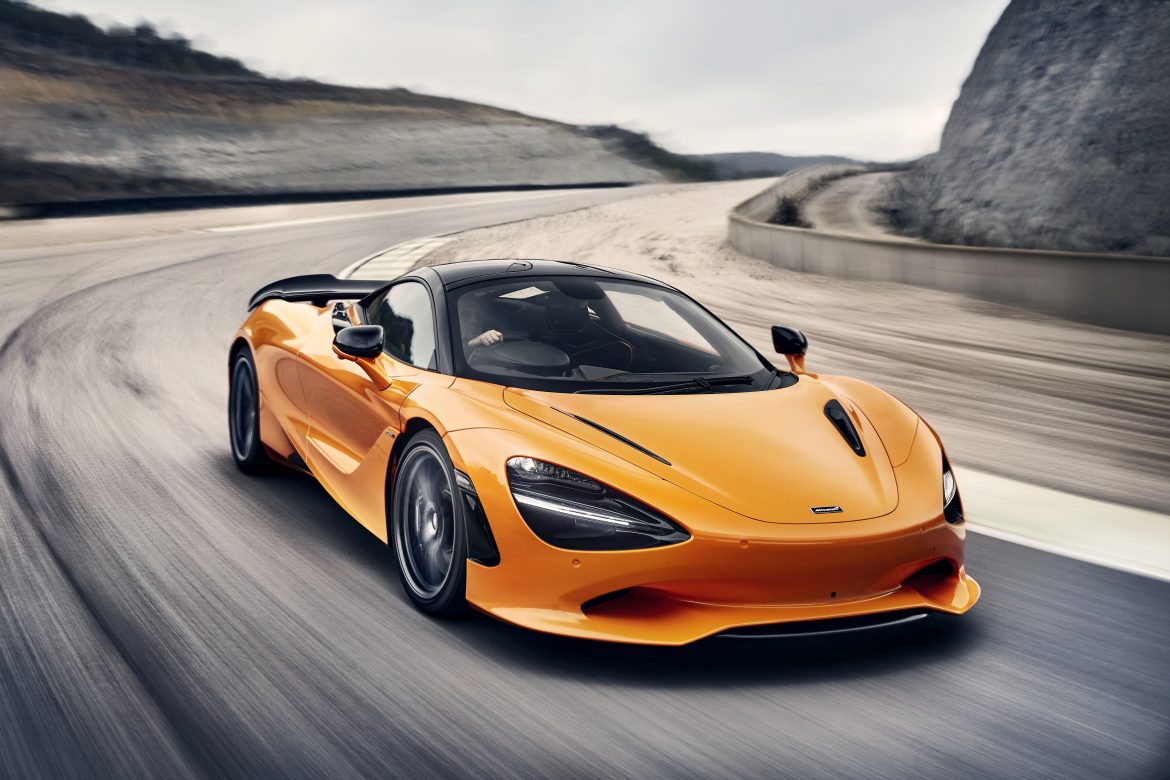McLaren, the iconic British supercar maker, is facing a financial challenge despite its impressive racing heritage and high-performance models like the 720S and Artura. According to a recent interview with CEO Michael Leiters in Road & Track, the company lost significant money per car sold in 2023.
To address this and expand its market reach, McLaren is taking a surprising step: entering the “Shared Performance” segment with a plug-in hybrid (PHEV) vehicle. Don’t expect a traditional SUV, however – McLaren is keen to distance itself from that label.
Leiters acknowledges the need to limit production volume to maintain exclusivity and residual values, similar to Ferrari’s successful approach. However, McLaren is also looking to broaden its customer base beyond the current supercar market. The new “Shared Performance Vehicle” (SPV) will offer a PHEV powertrain, likely featuring either a V6 or V8 engine. Two potential paths are being explored: developing McLaren’s powertrain from scratch or collaborating with another automaker to integrate it into an existing platform.
While a specific partner hasn’t been named, BMW is a possibility given their past collaboration and the existence of the high-performance PHEV BMW XM platform. However, McLaren’s core value of lightweight engineering might pose a challenge. The XM, at 6,200 pounds, is significantly heavier than McLaren’s usual focus.
Leiters emphasises that McLaren’s expertise in lightweight construction could be instrumental in a potential partnership, ensuring the SPV stays true to the brand’s DNA. Price-wise, the SPV is expected to compete with the likes of the Ferrari Purosangue and Rolls-Royce Cullinan, placing it in the USD 400,000 range – significantly higher than Lamborghini Urus or Bentley Bentayga offerings.
Beyond the SPV, McLaren is also developing its first-ever fully electric supercar with a target weight of a mere 3,300 lbs. This focus on lightweight design highlights McLaren’s commitment to performance that extends beyond sheer horsepower and acceleration. According to Leiters, “a supercar that weighs two tons is no supercar.”
McLaren’s strategic shift towards a PHEV SPV and a focus on lightweight electric vehicle technology marks a significant change for the supercar maker. It will be interesting to see how these new directions are received by existing enthusiasts and if they successfully attract a new generation of McLaren customers.



